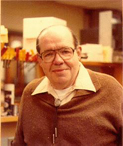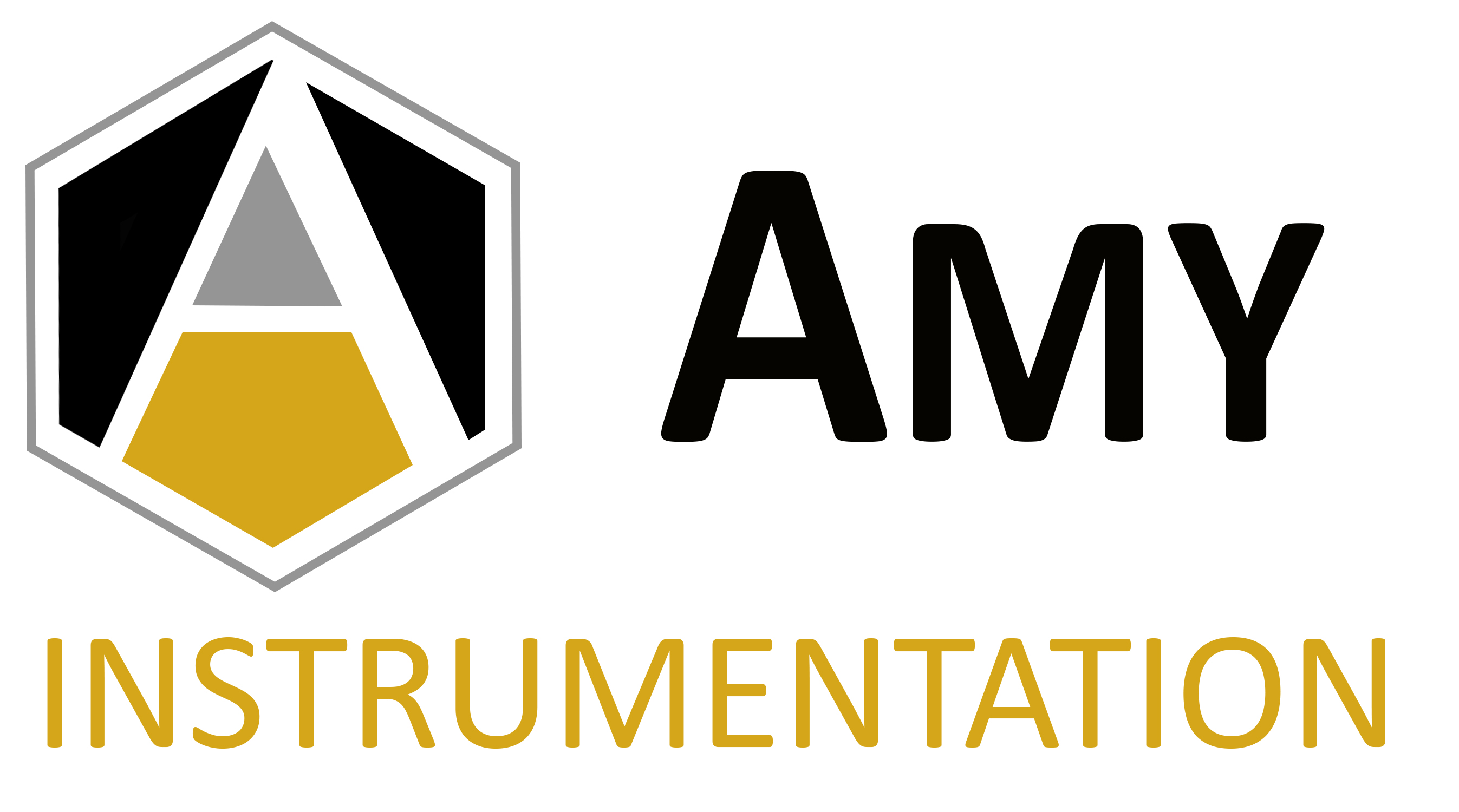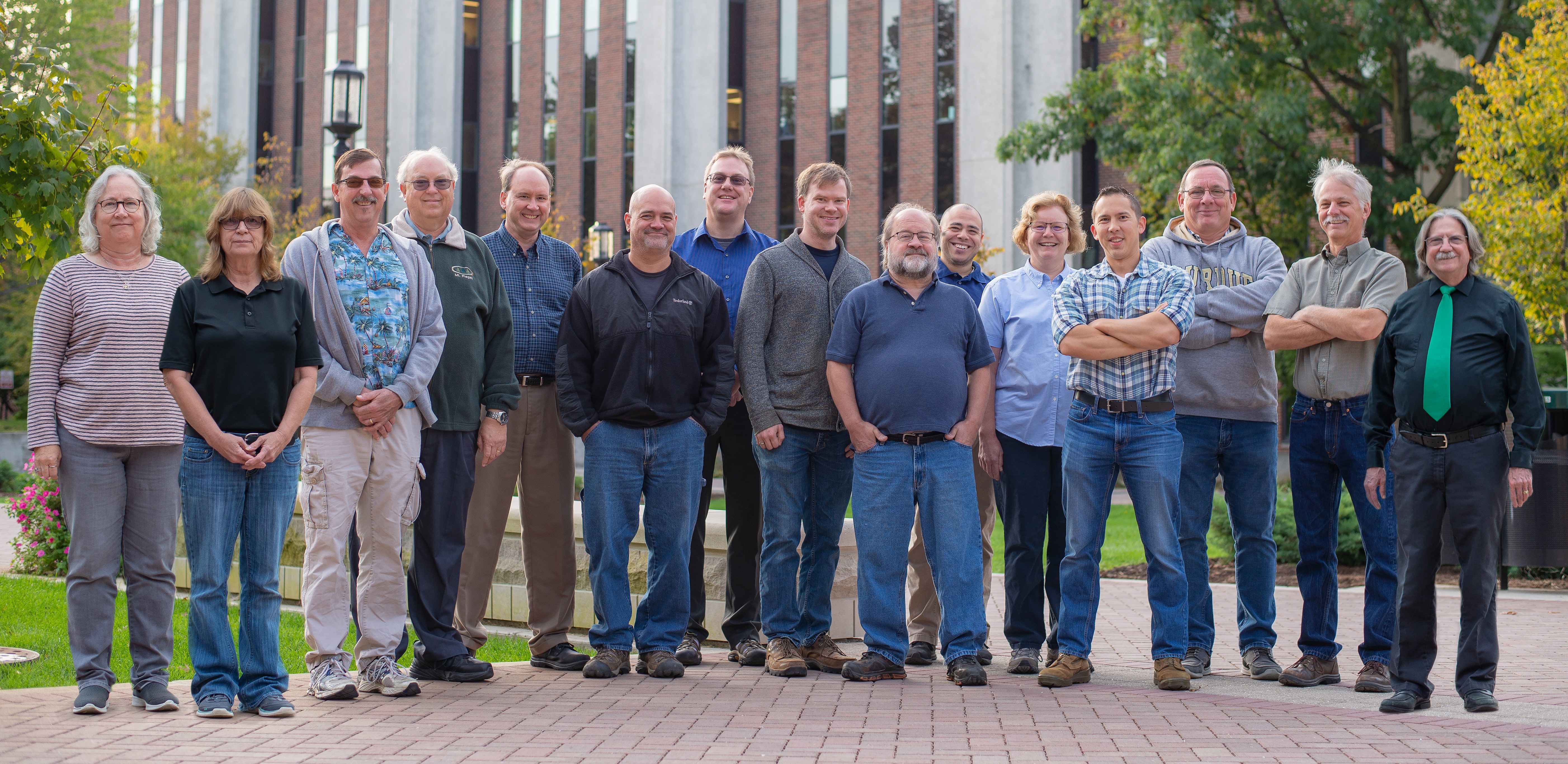The History of the Amy Facility
The Amy Facility for Chemical Instrumentation was named in 1989 in honor of Dr. Jonathan W. Amy.
Jonathan W. Amy grew up in Delaware, Ohio, where his father was head of the English Department at Ohio Wesleyan University. He spent the World War II years in the Mediterranean and the Far East, acquiring a taste for sailing and for electronics. He took a Ph.D. at Purdue University, working on spectroscopy with Walter Edgell in 1955 and stayed to establish and direct the department’s Instrumentation Facility. Dr. Amy has worked with manufacturers such as Fisher, Aerograph, Varian, Hewlett-Packard, Perkin-Elmer, Galileo, IBM, and Finnigan MAT in perfecting instrumentation. He has made contributions to mass spectrometry, electron spectroscopy, chromatography,and nuclear magnetic resonance. He has been a problem solver par excellence, whether the problem was one of local fire service or the future direction of scientific research in the U.S. He is known as a pioneer in the concept of research support where the skills and perspectives of research scientists, electronic engineers and software specialists are combined to execute cutting edge scientific experiments. Dr. Amy has been recognized by the American Chemical Society through its Chemical Instrumentation Award as well as locally through the George Award for outstanding service to the community.
The Instrumentation Facility was named in late October 1989 to reflect the enormous contribution that Jon Amy has made to the development of modern chemical instrumentation. The Facility's full name is now The Jonathan W. Amy Facility for Chemical Instrumentation. This dedication was carried out on October 19, 1989, as part of the Amy-Mellon Lecture Program.
When, in the passage of human events, the subject is Purdue and Chemistry, contributions to analytical chemistry are quick to surface. And therein we see the consequences of one of those marvelous confluences that decorate history: on the one hand - the propensity for analytical chemistry and, on the other - Jonathan Amy. More so than in most areas, analytical chemistry requires a thing, that is, an instrument, to properly manifest an idea. So, analytical chemistry progresses well only when ideas and their instrumental manifestations are occurring in parallel. And what this requires is superb analytical chemists together with a person who understands the ideas or, perhaps better, can further develop or perfect these ideas, and then translate the ideas into an effective instrument. These essential people are in very short supply, but we have been unduly blessed in having a special one - Jonathan Amy. Lest there be any misinterpretation from the above, let me hasten to add that his singular capabilities rain not only upon analytical chemistry. Rare is the Purdue organic, inorganic, physical, solid state, nuclear, organometallic, or biochemist who has not benefitted uniquely from Jonathan Amy and his remarkable facility.
And, I must add, through these professors and students as well as directly, many American companies have shared these attributes with Purdue. It is indeed fitting that this dedication should occur on an occasion when many are here represented.
So, for making possible much of what has positioned Purdue's star so prominently in the chemistry firmament, we salute you Jonathan Amy, and with admiration make perpetual the association of yourself and this which you have created, the Jonathan W. Amy Facility for Chemical Instrumentation.
Dean Kenneth L. Kliewer
Purdue Chemistry 1989 Newsletter, published March 1990
In 1988, Dr. Amy retired and Dr. Robert E. Santini became the Facility Director, bringing skills and experience in high frequency electronics as applied to high resolution and solid-state NMR, ICR mass spectroscopy and quadrupolar mass spectrometry. Dr. Santini continued the work in the facility as director until 2008. Dr. R. Michael Everly was named the Facility Director in 2008, adding his skills and experience in UV-visible, fluorescence and several other forms of optical spectroscopy as he continues the work begun by Dr. Amy and Dr. Santini.
Dr. Amy passed away on December 4, 2016. He will be greatly missed and always remembered by all who were touched by his life and work.


